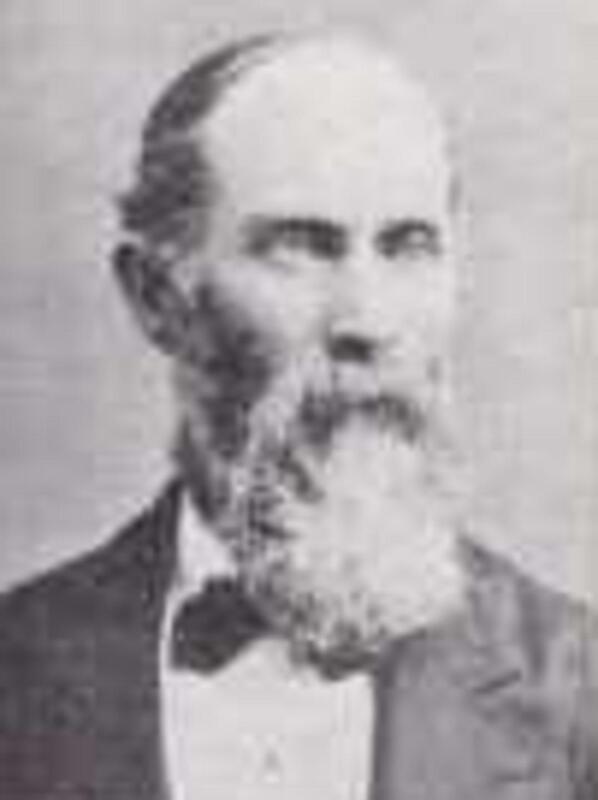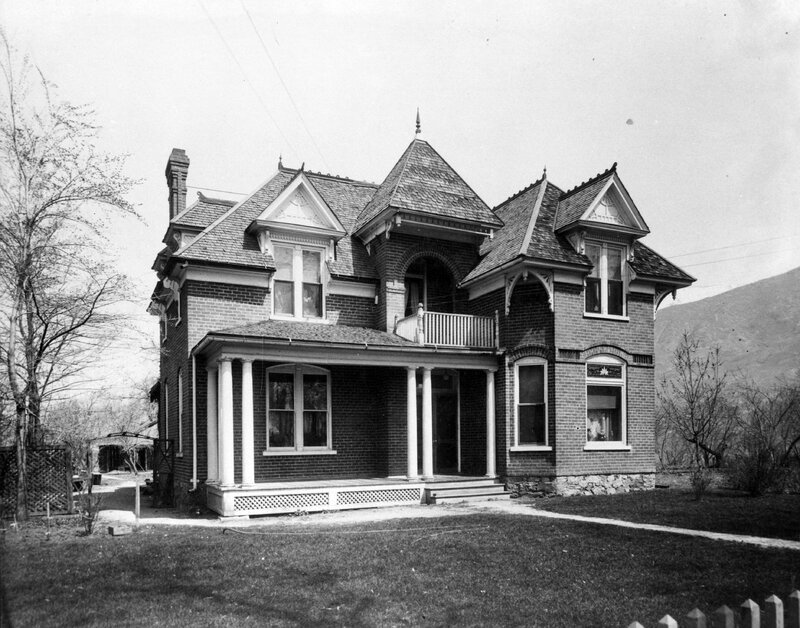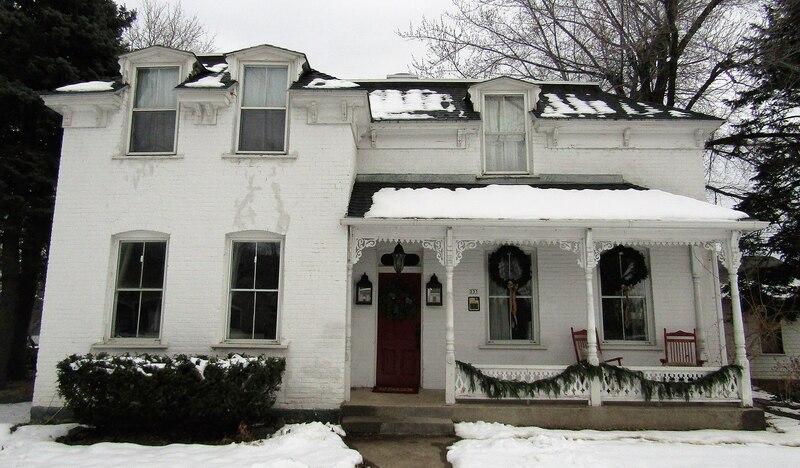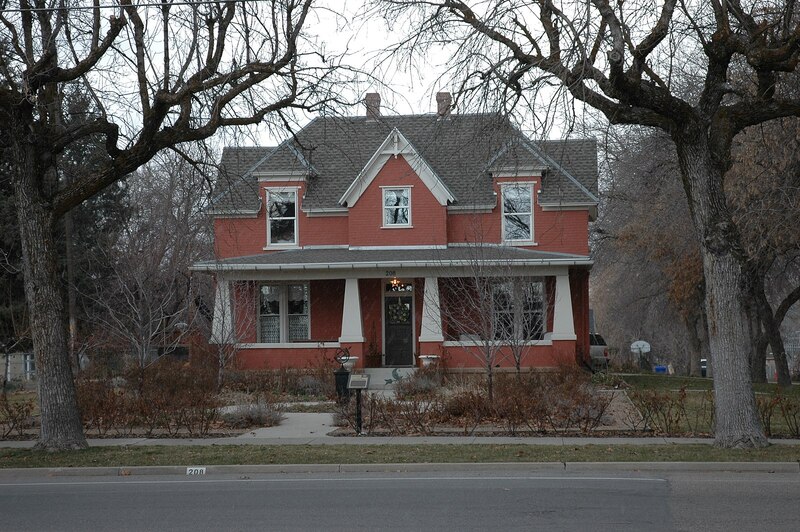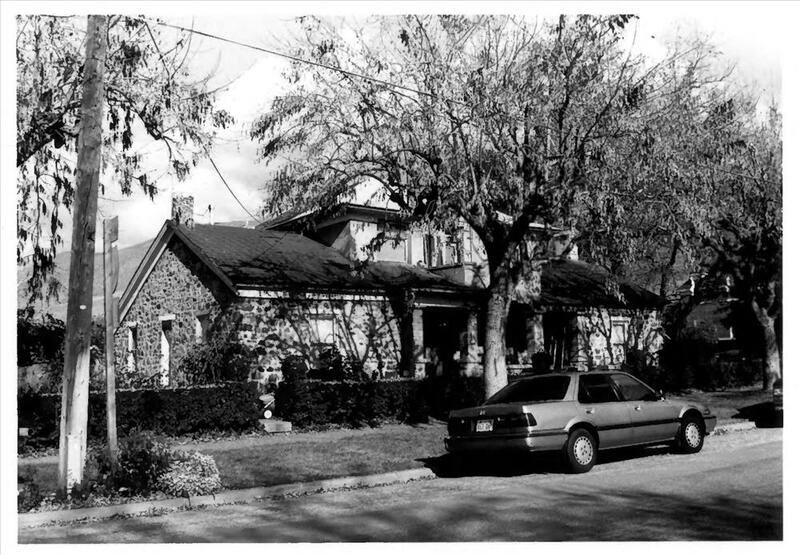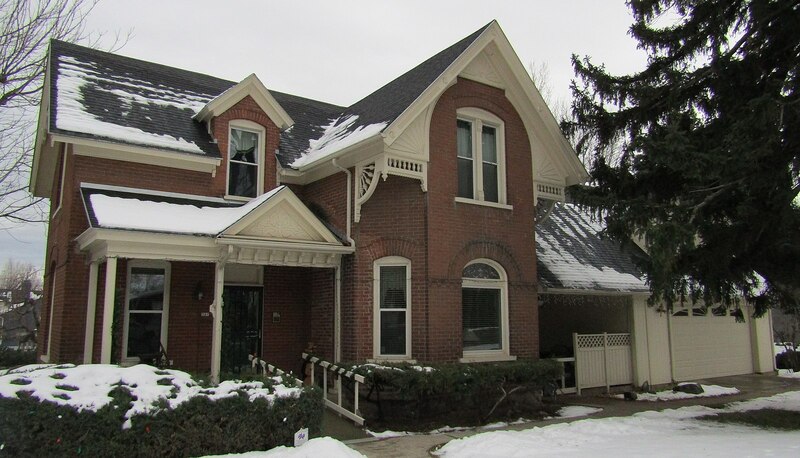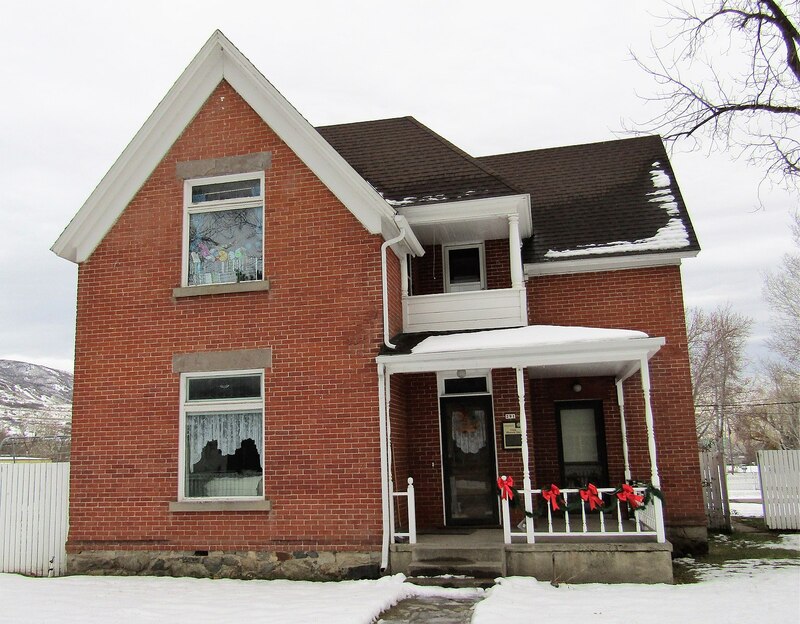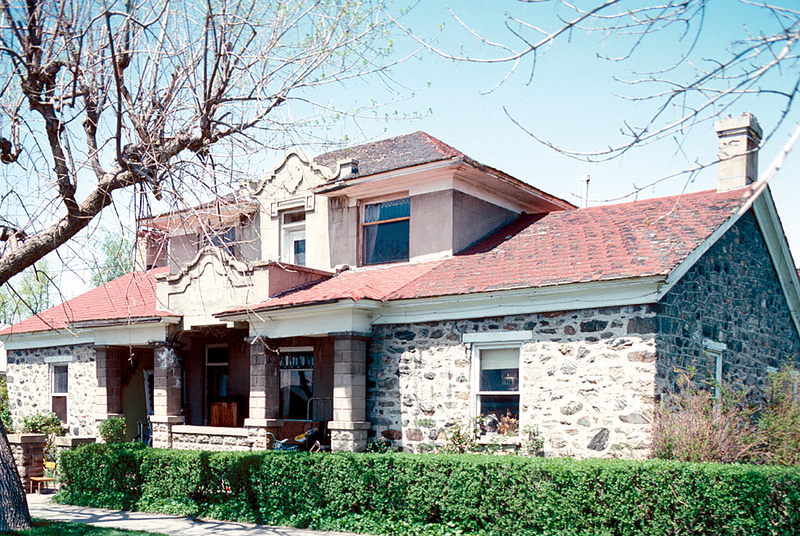
Listed on the National Register of Historic Places in 1994, the Clark Lane Historical District is a locally area. The district represents the architectural development of Farmington, Utah.
The Clark Lane Historic District was founded by the Clark family. The district thrived on a system of communal ownership which continued well into the 20th century. The homes in the district offer a wide array of styles and plans popular in Utah between 1856 and 1940. The majority of Clark family homes continue to be inhabited by third and fourth generations.
Ezra Thompson Clark (1823-1901) settled in Farmington, Utah in 1850 with his family. Clark was part of Heber C. Kimball's pioneer company that arrived in Salt Lake City on October 12th, 1848. Soonafter in 1850, Clark was one of the first settlers in Farmington. That spring he established a farm in the area. He served several missions for the Church of Jesus Christ of Latter Day Saints. In addition to his service to the church, he donated generously to the Perpetual Emigration Fund Company, which helped fund the journey of other members to Utah. He contributed oxen teams, wagons, and money to the building of the historic Salt Lake City temple. One of his last donations to the church was $1,000 dollars to the Latter Day Saints University in Salt Lake City.
In 1856, Clark completed his two-story home at 368 West State Street in Farmington. Clark and his wife, Mary Stevenson Clark (1825-1911), had five children. In 1861, Ezra Thompson Clark “entered into the principle of plural marriage” and married Susan Leggett Clark (1838-1902). He married his third wife, Nancy Areta Porter Clark (1825-1888), in 1870. He had 21 children with his wives.
Exra Clark was extremely involved in Farmington. He founded the Davis County Bank and, in 1891, was elected as its first president. He helped organize and was the chairman of the Board of Directors for the Farmington Commercial & Manufacturing Company. Established in 1891, the company provided a general store to the community. In addition to these offices, he served as the Davis County treasurer. His sons, namely Amasa Lyman Clark, also served in the community alongside him and continued to do so after his death in 1901. Before his death, all family property was under a system modeled after the United Order which was guided by community ownership. At the end of his life, Ezra Thompson Clark owned 700 acres of land in Farmington. He had personally seen to the division of his property amongst his children prior to his passing. Each was given a homestead, a farm, cattle, and stock in the bank and the general store.
In 1870, Clark built his and Susan L. Clark’s home across the street from the home of Mary S. Clark. His son, Amasa Lyman Clark (1865-1968), and his wife, Alice Steed Clark (1867-1895), built their home on West State Street in 1885. His other sons, Joseph Smith Clark (1854-1957) and Eugene Henry Clark (1873-1931), built their respective homes in 1895. Additionally, their brother Timothy Baldwin (1847-1924) renovated and added onto a home built by John Leavitt in 1895. Nathan George (1875-1956) joined them in 1899 with his Victorian era home and his sister Annie Clark Tanner (1864-1942) built there in 1901. Hyrum Don Carlos(1856-1938) built his family home in the “T” cottage style popular in Utah in 1908. The Joseph Smith Clark home was the first home in Farmington with indoor plumbing. The district developed as generations of the Clark family built their homes around or, in some cases, on the same side of the street of their childhood home.
Although most of these homes have undergone renovation throughout the years, they stand as a tribute to the prosperity of Ezra Thompson Clark; his property holdings, his family, his contribution to both the local and church communities, and his legacy as a pioneer of the Church of Jesus Christ of Latter Day Saints.
Images

